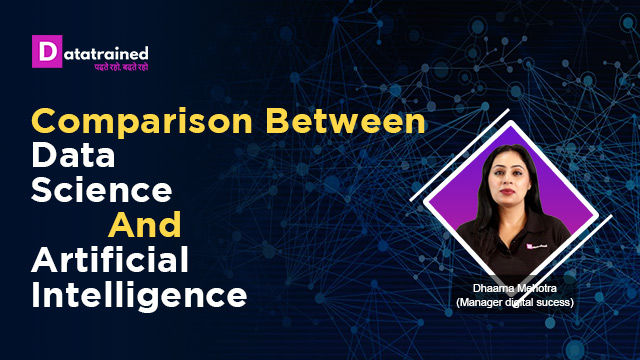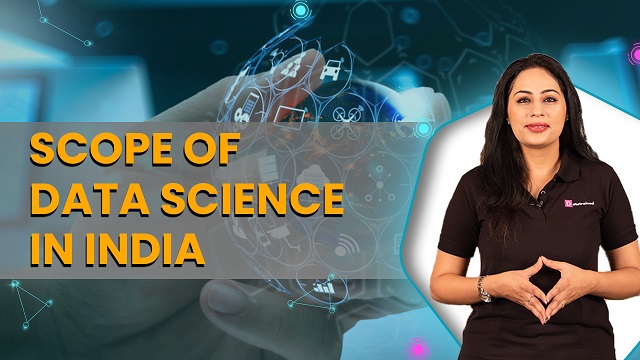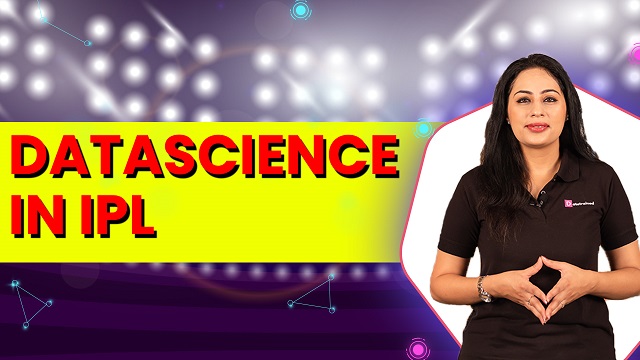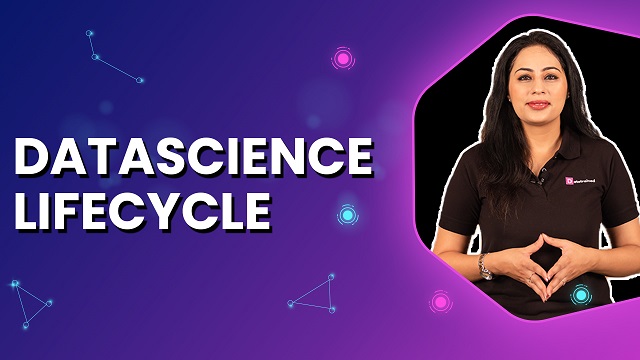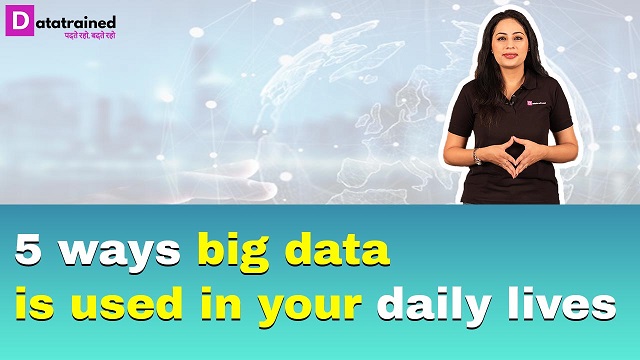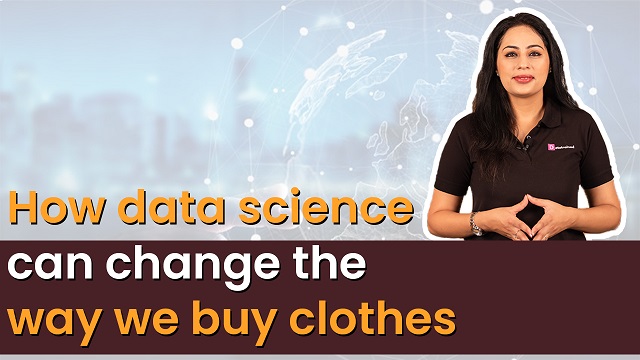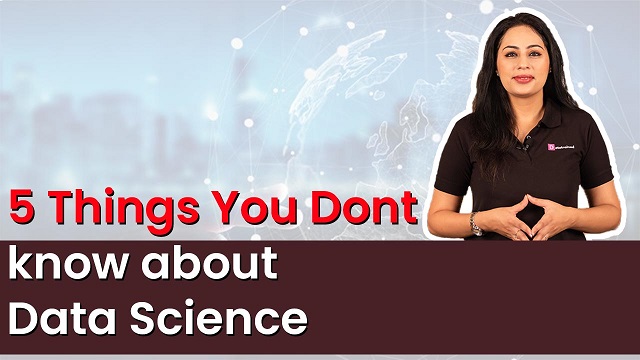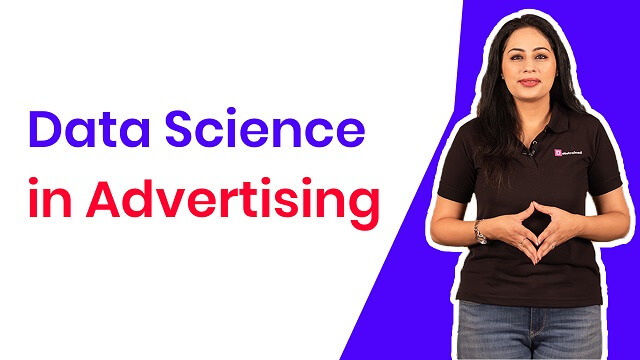In this video, you will know how data science is transforming our lives through the Banking and Finance sectors.
Ever since the advent of money, people have striven to manage it effectively. The face of banking is changing and quickly. choose any facet of banking – risk management, pricing, marketing outreach, customer outreach, product development, cost, and revenue allocation – data science is there already. The face of the banking industry has been evolving quickly. Using data science in the banking industry is much more than a trend, it has turned a necessity to keep up with the competition. Banks need to understand that big data technologies can help them focus their resources efficiently, make better decisions, and improve performance.
1.Fraud Detection
Proactive fraud detection in banking is vital for providing security to consumers and employees. The sooner a bank detects fraud, the faster it can minimize losses. The key steps to fraud detection are procuring data samplings for model estimation and preliminary testing, Model estimation, Testing stage, and deployment. Since every data set is different, each one requires individual training and fine-tuning by data scientists. Changing the deep theoretical knowledge into practical applications requires expertise in data-mining techniques, like clustering, forecasting, association, and classification.
2.Managing Customer Data
Nowadays, digital banking is widely used. This creates terabytes of customer data, so the primary step of the data scientists team is to isolate relevant data. Having information about customer behaviors, preferences, and interactions data specialists with aid of accurate machine learning models can unlock new revenue opportunities for banks by isolating and processing only the most relevant clients’ information to enhance business decision-making.
3.Risk Modeling for Investment Banks
Investment banking evaluates the worth of businesses to generate capital in corporate financing, facilitate acquisitions and mergers, conduct corporate restructuring for investment purposes. With the power of Big Data, innovators in the industry are using new technology for effective risk modeling and better data-driven decisions.
4.Personalized Marketing
Data analytics helps us to create personalized marketing that offers the correct product to the right person at the correct time on the correct device. Data mining is massively used for target selection to select the potential customers for a new product.
5.Lifetime Value Prediction
Customer lifetime value (CLV) is a prediction of all the value a company will derive from its entire relationship with a customer. it helps to develop and sustain beneficial relationships with selected clients, thus producing higher profitability and business development. This is where data science comes in. Initially, a large amount of data must be taken into consideration: like notions of client’s acquisition and attrition, use of diverse banking products and services, their volume and profitability, and other client’s characteristics like geographical, demographic, and market data.
6.Real-Time and Predictive Analytics
Machine learning algorithms and data science techniques can substantially improve a bank’s analytics strategy since every use case in banking is strongly interrelated with analytics. As the accessibility and variety of information are quickly increasing, analytics are becoming more advanced and accurate.
7.Customer Segmentation
Customer segmentation means singling out a type of customer based on either their behavior or specific characteristics. There is a whole bunch of techniques in data scientists’ arsenal like clustering, decision trees, logistic regression, etc. and, as a result, they help to learn the CLV of every customer segment and identify high-value and low-value segments.
8.Recommendation Engines
To make a recommendation engine, data specialists analyze and process a lot of data, identify consumer profiles, and capture data highlighting their interactions to avoid repeating offers.
9.Customer Support
all financial institutions are service-based businesses, so a lot of their activities involve elements of service. Data science makes this process better automated, mo accurate, personal, direct, and productive, and less costly concerning employee time.















